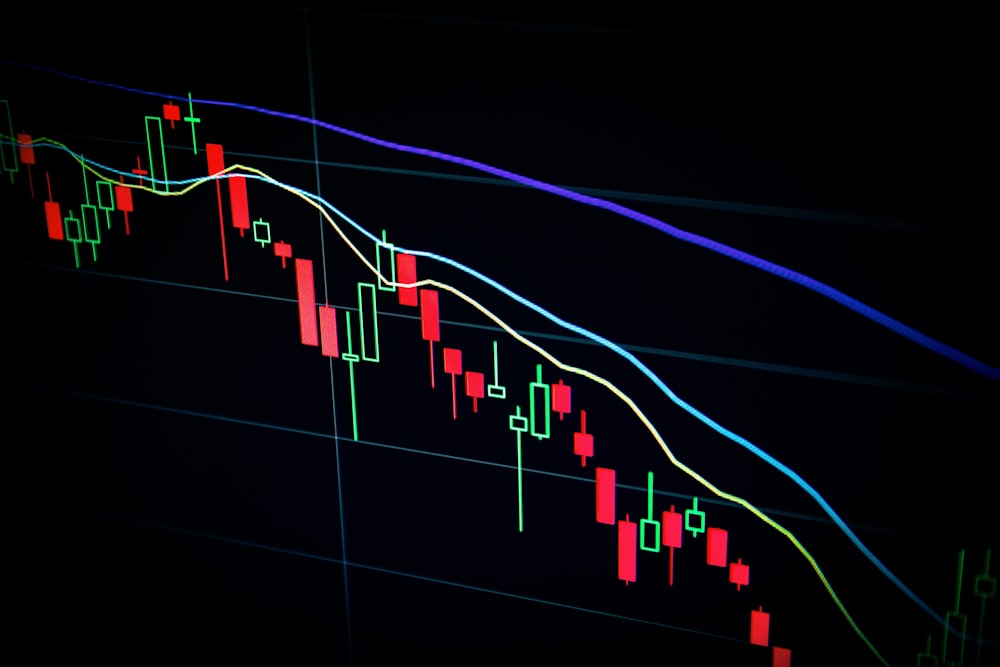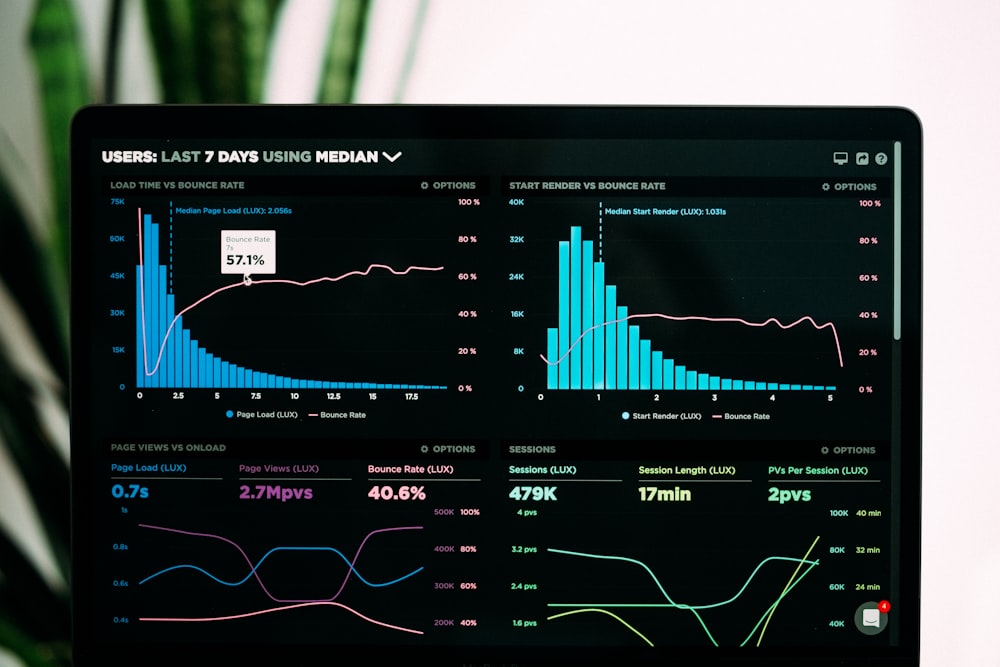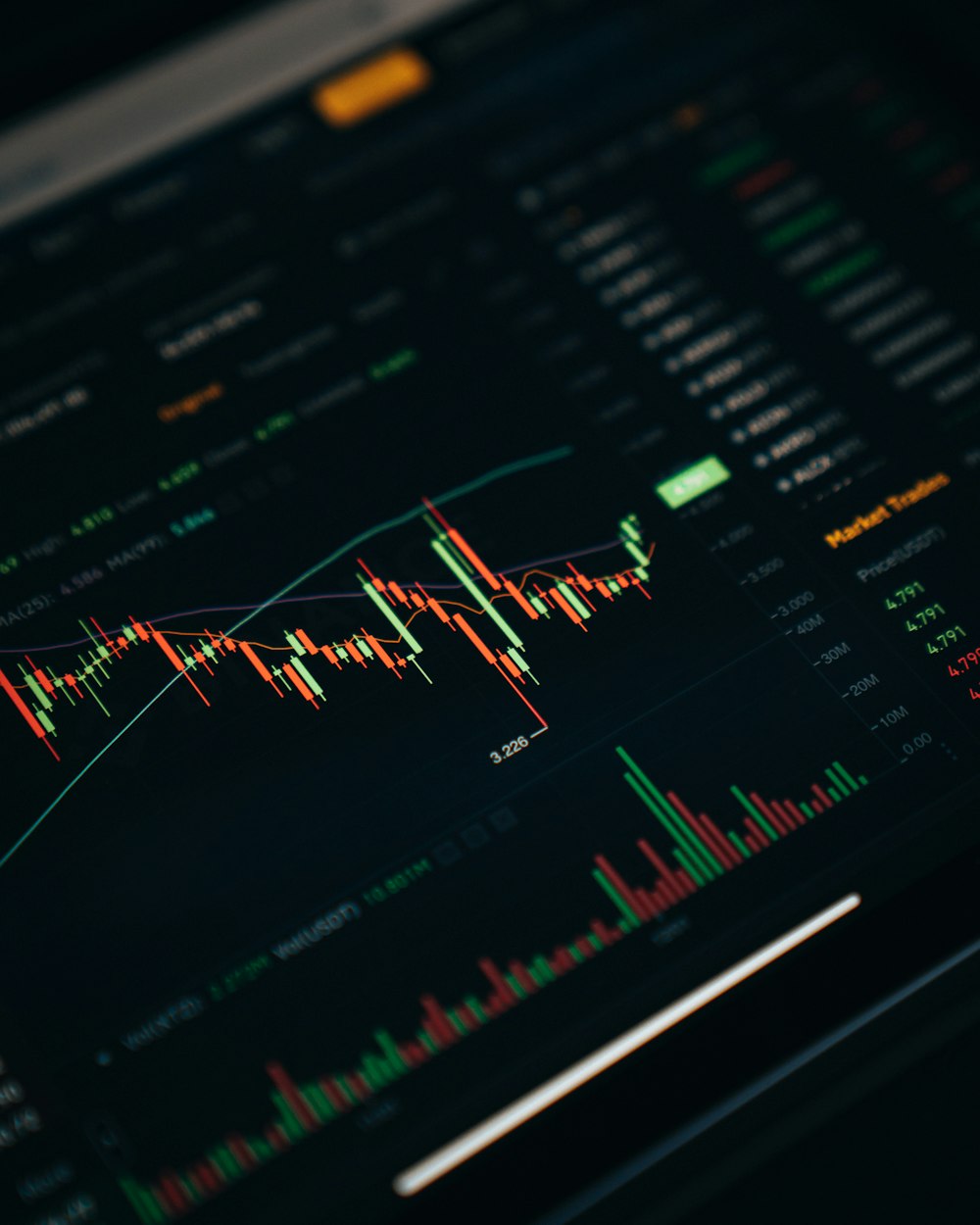As the US Dollar Index (DXY) set new six-week lows, signs indicated diverging confidence in the Federal Reserve's monetary measures and rising fears regarding US governmental debt. US Treasury Secretary Scott Bessent assured that the United States will not default, although concerns persist—especially in the wake of proposed congressional bills to raise the debt ceiling by $4 trillion. In cases like these, investors might start seeking returns outside of the US dollar.
Interestingly, while gold remains an established asset, its greater demand could face hurdles. The US government—holding significant gold reserves—might even consider selling part of its holdings, though this would only cover a fraction of the federal deficit. Furthermore, while gold's market is substantial, at approximately $22.7 trillion, investor confidence appears to be shifting. Unlike gold, Bitcoin, with a market cap of $2.1 trillion, has seen an influx of capital, with Bitcoin ETFs attracting $3 billion since mid-May, suggesting investors are more inclined towards the cryptocurrency sector.
Notably, the leading gold-producing nations, excluding the US, encompass China, Russia, Australia, and Canada, which diminishes the incentive for the US to boost gold prices. Despite recent gold price increases, ETF data indicates outflows, highlighting underlying skepticism about gold’s ability to sustain value in the short-term, and paving the way for a potentially advantageous position for Bitcoin moving forward as investor worries about US fiscal health linger.




